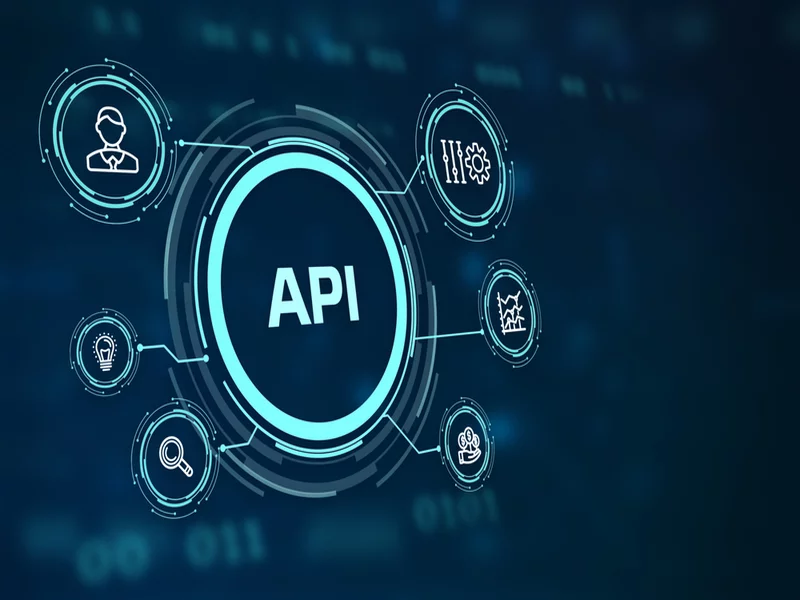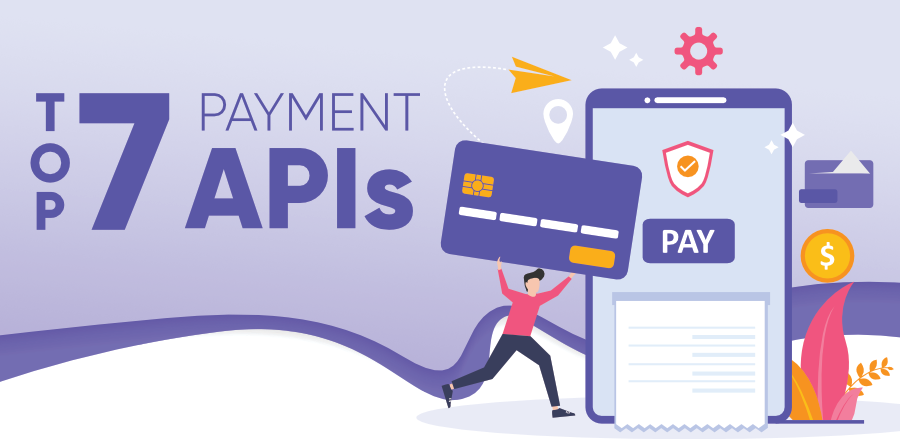AUTHOR : SAYYED NUZAT
DATE : 21-09-2023
In today’s digital age, the integration of Payment APIs (Application Programming Interfaces)[1] has become an integral part of the online business[2] landscape. With the rise of e-commerce, mobile applications, and also digital payment methods[3], businesses are constantly seeking ways to streamline and enhance their payment processes[4]. Payment API integration is the key to achieving this goal. In this comprehensive guide, we will delve into the world of Payment API integration[5], exploring its significance, benefits, implementation, and best practices.
Introduction to Payment API Integration
Payment API integration refers to the process of incorporating Payment APIs into your software applications or websites to facilitate secure and also seamless transactions. These APIs act as intermediaries between your application and various payment processors, enabling you to accept payments from customers using credit cards, digital wallets, and other payment methods.
Understanding Payment APIs
What Are Payment APIs?
Payment APIs are sets of rules and protocols that allow different software systems to communicate and interact with each other. In the context of payment processing, these APIs enable the transfer of payment information between your application and payment gateways or processors.
How Do Payment APIs Work?
Payment APIs work by transmitting payment data securely between the customer’s device and the payment processor. When a customer initiates a payment on your platform, the payment API sends the relevant information, such as card details and transaction amount, to the payment processor. Once the payment is processed, the API returns the transaction status to your application, which can then provide feedback to the customer.
Benefits of Payment API Integration
Enhanced Security
Payment API integration enhances security by reducing the exposure of sensitive payment information on your servers. Payment data is transmitted directly to the payment processor[1], reducing the risk of data breaches.
Improved User Experience
Integrating Payment APIs simplifies the payment process for customers. They can complete transactions quickly and securely without leaving your platform, leading to higher conversion rates.
Increased Efficiency
Payment API integration automates payment processing, reducing manual efforts and potential errors. This streamlines your business operations and also ensures timely fund transfers.

Choosing the Right Payment API
Factors to Consider
Selecting the right Payment API is crucial. Consider factors such as transaction fees, supported payment methods, geographic coverage, and also developer-friendly features wh en making your choice.
Popular Payment API Providers
There are several reputable Payment API providers in the market, including PayPal[2], Stripe, Square, and Braintree. Research each provider to determine which aligns best with your business needs.
Getting Started with Integration
Before you start integrating a Payment API, you need to complete a few preliminary steps:
Setting Up API Credentials
To access a Payment API, you’ll need API credentials provided by your chosen payment provider. These credentials are essential for authenticating your requests.
API Documentation
Familiarize yourself with the API[3] documentation provided by your chosen payment provider. It contains detailed information on endpoints, request and response formats, and also integration best practices.
Integration Methods
There are two primary methods of Payment API integration:
Direct API Integration
Direct API integration involves building custom code to connect your application directly to the payment processor’s API endpoints. This method provides more flexibility but requires in-depth technical knowledge.
Payment Gateway Integration
Payment gateway integration involves using a third-party payment gateway service that acts as an intermediary between your application and also multiple payment processors. This method simplifies integration but may involve additional fees.
Conclusion
In conclusion, Payment API integration is a game-changer for businesses looking to optimize their payment processes. By choosing the right Payment API, following best practices, and prioritizing security, you can provide a seamless and secure payment experience for your customers.
Frequently Asked Questions (FAQs)
- What is PCI DSS compliance, and why is it essential for payment API integration?PCI DSS (Payment Card Industry Data Security Standard)[4] compliance is crucial for ensuring the secure handling of credit card data during payment processing. Compliance with these standards helps protect sensitive customer information and reduces the risk of data breaches.
- Can I integrate multiple Payment APIs into my application?Yes, it is possible to integrate multiple Payment APIs into your application to offer customers a variety of payment options. However, this may increase complexity and require careful management.
- Are there any transaction limits when using Payment APIs?Transaction limits can vary depending on the payment provider and the type of account you have. It’s essential to check with your chosen provider for specific details on transaction limits.





